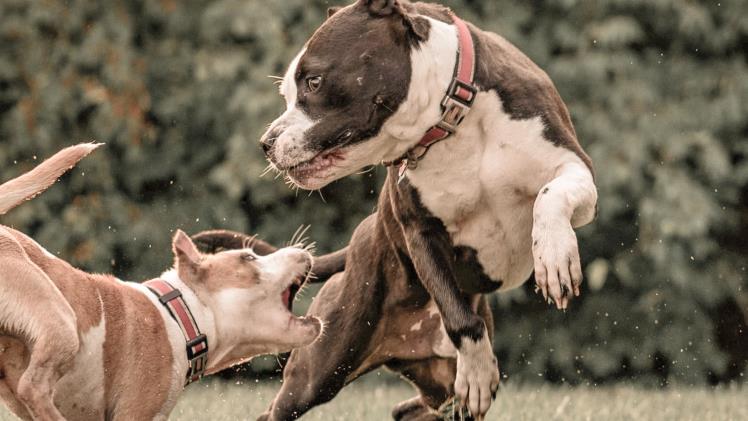What are the key milestones in the evolution of pets?

The animals, from wild creatures to beloved household companions, represent one of humanity’s most enduring relationships. Archaeological evidence suggests that dogs were the first domesticated animals, with remains dating back approximately 30,000 years showing early signs of human-animal bonding. From wild wolves to domesticated dogs, humans began interacting profoundly with animals. As civilisations developed, different species were brought into domestic settings for various purposes, eventually leading to the companion animals we cherish today.
The specialised care practices emerged to maintain these animals’ health and appearance. Regular appointments with McKinney Pet Grooming contribute to long-term coat health and behavioral ease in pets. This transition from basic maintenance to specialised attention highlights how the human-animal bond has deepened throughout history, creating new standards for caring for our companion animals.
Ancient bonds form
The earliest evidence of pet-keeping appears in prehistoric burial sites where humans were interred alongside canines in positions suggesting emotional attachment rather than merely utilitarian relationships. Ancient Egyptian tombs reveal cats held in high esteem, often mummified and buried with their owners. While these early relationships differed from modern pet ownership, they established foundational patterns of human-animal interaction that would evolve over millennia. In classical society, pet-keeping expanded beyond practical purposes to include companionship. Greek and Roman elites kept birds, monkeys, and small dogs primarily for pleasure rather than utility. These ancient cultures began developing specialised diets and housing for animal companions, representing early steps toward modern pet care practices.
Medieval shifts and royal trends
The medieval period witnessed essential developments in pet-keeping:
- Lap dogs became status symbols among the European nobility
- Cats regained favour after superstitious persecution
- Birds were kept in elaborate cages as living decoration
- Exotic animals became symbols of royal power and wealth
These trends established keeping animals purely for companionship as a cultural norm, though still primarily among the wealthy. By the Renaissance, portraits frequently included companion animals, documenting their growing importance in family life across expanding social classes.
Industrial age transformation
A fundamental change occurred during the industrial revolution regarding humans and companion animals. Mass production made pet accessories and foods affordable to middle-class households. Urbanisation altered how people lived with animals, creating new challenges and opportunities for pet ownership. The emergence of veterinary medicine as a formal discipline revolutionised pet health care, extending animal lifespans and improving the quality of life. This period also saw the establishment of breed standards and competitive shows that transformed how people viewed and selected companion animals. The creation of formal breeding programs and registries established new ideals for different species and varieties, influencing pet acquisition decisions that continue today.
Modern companions evolve
The twentieth century brought pets into the whole family life with unprecedented status. Commercially prepared pet foods became standard, veterinary medicine advanced dramatically, and pets began receiving medical care approaching human standards. The concept of pets as family members rather than property took hold, reflected in changing terminology from “ownership” to “guardianship” in some contexts. Today’s companion animals benefit from specialised healthcare, nutrition science, behavioural experience, and grooming practices unimaginable to previous generations. Their evolution from working animals to beloved family members represents a remarkable journey that continues to develop as our insight into animal cognition, emotion, and welfare expands with on-going research.





